Tag: MRI

Rapidly Progressive Brain Atrophy in Septic ICU Patients
Many ICU patients with severe sepsis who developed prolonged mental status changes and neurological sequelae showed signs of brain atrophy. Patients with rapidly progressive brain atrophy were more likely to have required... read more
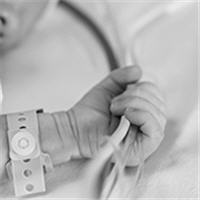
Understanding Brain Injury in Pediatric ECMO
Brain injury is frequent in extracorporeal membrane oxygenation patients, although the majority of survivors have favorable neurocognitive outcomes. More research is needed in order to understand the etiology of such... read more
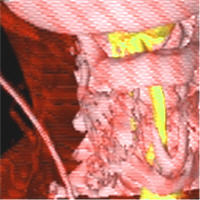
Laryngeal Radiation Fibrosis: A Case of Failed Awake Flexible Fibreoptic Intubation
In patients with severe upper airway narrowing because of radiation fibrosis, an awake fibreoptic intubation may be impossible and a tracheotomy is the only means of securing this airway; however, there may be no evident... read more

Letter Warns Against Clinical Role for Cardiac MRI in Asymptomatic COVID Patients
We are a group of clinicians, researchers and imaging specialists writing in response to recent publications and media coverage about myocarditis after COVID-19. We work in different areas such as public health, internal... read more
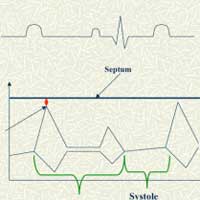
EPSS vs. Fractional Shortening for LV Function – Is EPSS Good Enough?
In a recent issue of the Journal of Ultrasound through AIUM, Weekes et al. (and Kendall et al in AM J EM) talk about a hot topic that emergency and critical care physicians hold dear to them – the EPSS , or E-point septal... read more
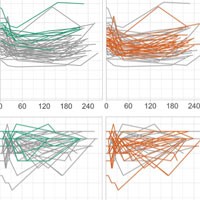
Pharmacokinetics and Sedative Effects of Intranasal Dexmedetomidine in Ambulatory Pediatric Patients
These results demonstrate that intranasally (IN) dexmedetomidine is relatively rapidly absorbed and causes significant sedation in pediatric patients. Pharmacokinetics of IN dexmedetomidine in pediatric patients show quite... read more

First Portable MRI Scanner for Neuro ICU
Health technology incubator Hyperfine Research and the Yale School of Medicine are testing out a first-of-its-kind, portable MRI scanner in the neuro intensive care unit (ICU). The point-of-care system, designed by Hyperfine,... read more

Early Detection and Monitoring of Cerebral Ischemia Using Calcium-Responsive MRI Probes
The duration of cerebral ischemia is a key factor in determining the severity of brain damage and the course of action. Thus, an accurate and timely observation of the ischemic process is highly critical. Here we present... read more
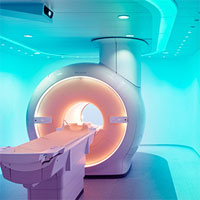
Safety of MRI in Patients with Cardiac Devices
Patients who have pacemakers or defibrillators are often denied the opportunity to undergo magnetic resonance imaging (MRI) because of safety concerns, unless the devices meet certain criteria specified by the FDM. We evaluated... read more

Hope is a Therapeutic Tool
Everyone who has been a patient, or accompanied a relative to see a doctor, recognises the importance of the doctor-patient relationship. At its heart is the patient's need to understand what is wrong, be understood, and... read more
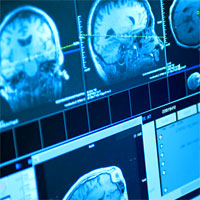
The Prognostic Value of MRI in Moderate and Severe TBI
Traumatic brain injury (TBI) is a major cause of death and disability, yet many predictors of outcome are not precise enough to guide initial clinical decision-making. Although increasingly used in the early phase following... read more

Study suggests a new tool for diagnosing post-concussion syndrome
Unlike more common diagnostic tools, including magnetic resonance imaging and computerized axial tomography scan, diffusion tensor imaging, or DTI, effectively scans for micro abnormalities that may often go undetected by... read more

Data on 211 Million Referrals Shows How Doctors Really Work Together
A peek into the hidden world of medicine reveals some surprising trends. Sometimes it involves the traditional sense of the word - a primary care physician referring a patient to a specialist (like a cardiologist or gastroenterologist)... read more

The Air is Everywhere
A 12-year-old male with a history of mild persistent asthma presented to the Emergency Department (ED) with acute onset of chest pain and a "crackling" feeling along his sternum. Two days prior he was seen by his... read more




